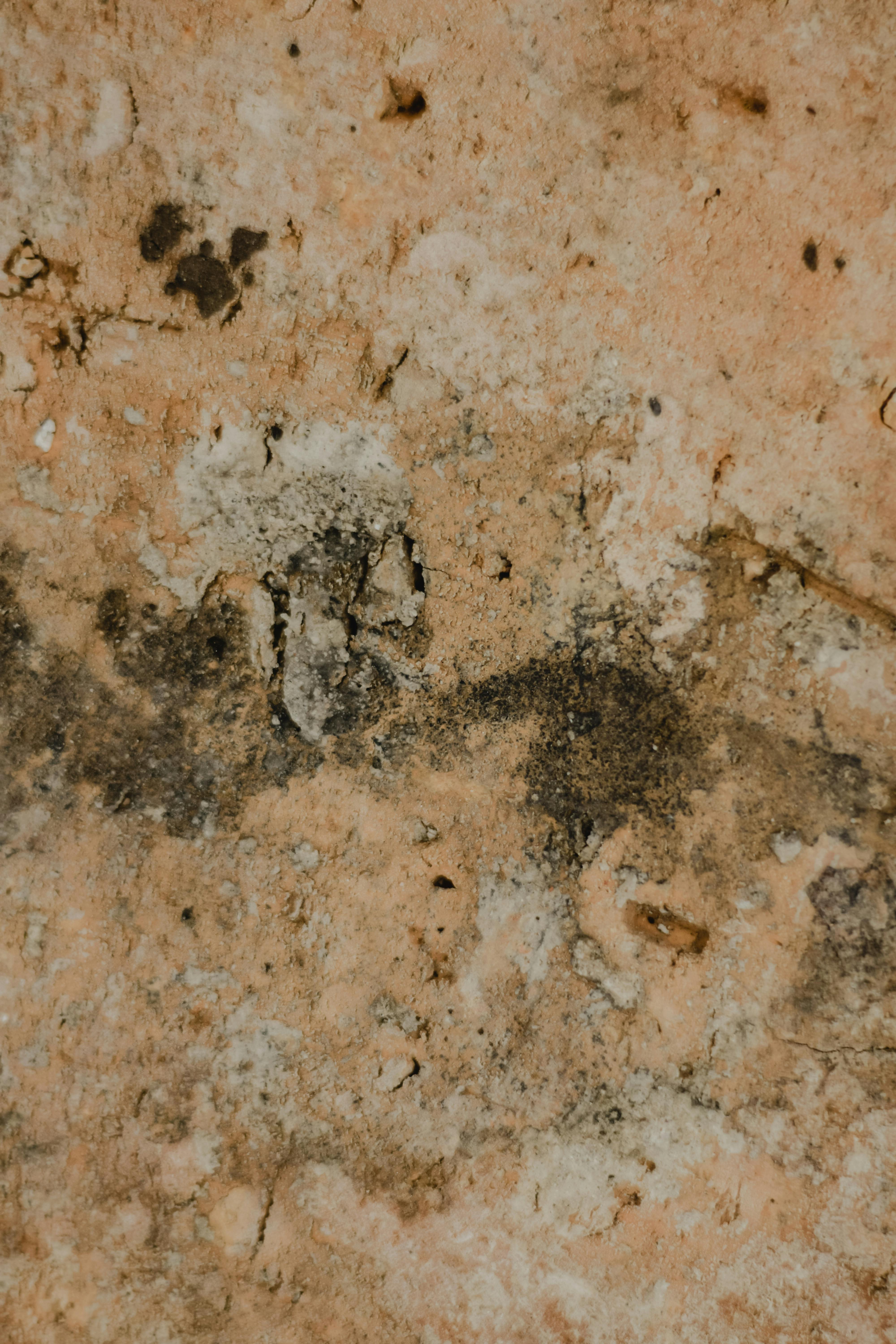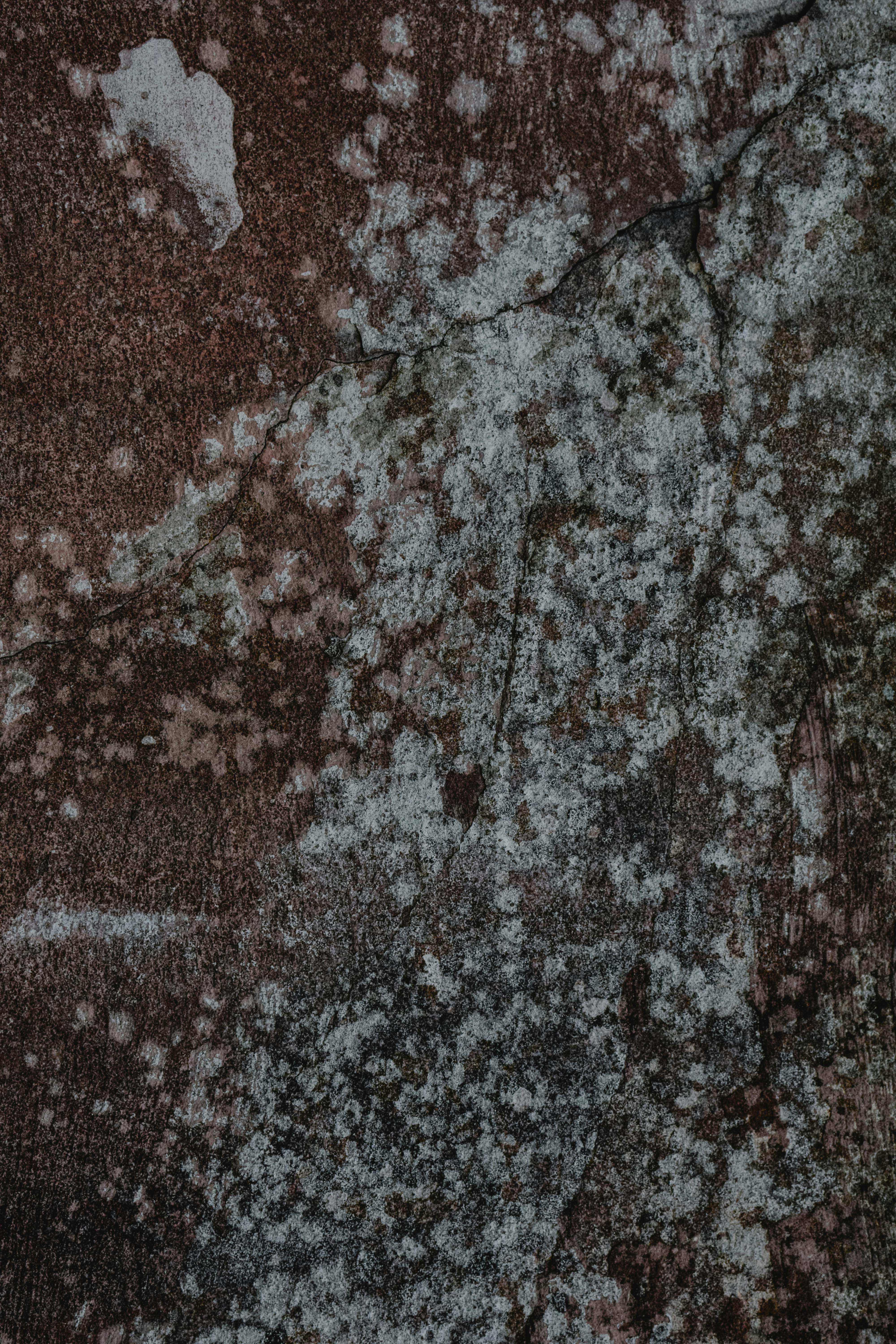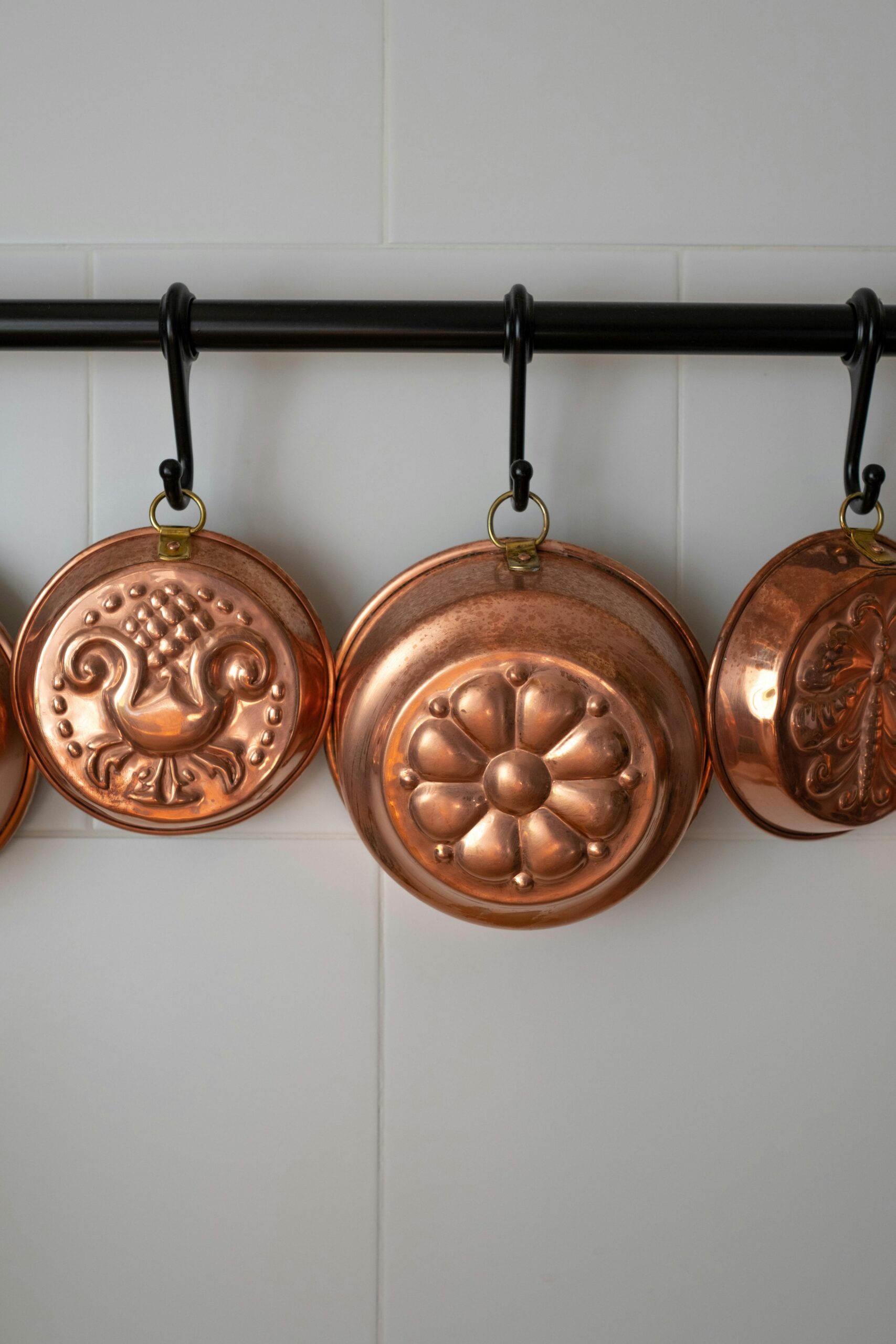Understanding Schimmel Wand: Causes, Treatment, and Prevention
Schimmel wand, commonly known as mold on walls, is a significant issue that many homeowners encounter. Not only does it pose aesthetic concerns, but it also presents health risks and can indicate underlying moisture problems within your home. In this article, we will delve into the causes, treatment options, and preventative measures associated with schimmel wand, ensuring that you are well-equipped to tackle this issue effectively.
What Causes Schimmel Wand?
Understanding the causes of schimmel wand is critical in devising effective solutions. Mold thrives in damp environments, making areas with excessive moisture particularly susceptible. **Common causes** include water leaks, poor ventilation, and high humidity levels. Insufficient insulation in walls can also lead to condensation, which, combined with stagnant air, creates an ideal environment for mold growth.
Water Leaks as a Source of Mold Growth
Water leaks are among the primary culprits behind schimmel wand. They can originate from various sources, including damaged pipes, roofing issues, or poorly sealed windows. For instance, if a pipe behind your wall is leaking, it can lead to moisture accumulating within the wall cavity. This creates a breeding ground for mold spores, which can proliferate rapidly, especially in warm temperatures. Regular inspections of plumbing and roof integrity can mitigate these risks.
The Role of Humidity in Mold Development
High humidity levels contribute significantly to schimmel wand. When humidity levels exceed 60%, particularly in closed spaces like bathrooms or basements, mold can begin to grow. Utilizing dehumidifiers can help maintain optimal moisture levels. Additionally, using activities such as cooking or showering without proper ventilation can exacerbate humidity levels, leading to potential mold issues. Keeping windows open or installing exhaust fans can counteract these effects.
Condensation and Poor Insulation
Inadequate insulation also plays a critical role in mold proliferation. When warm air meets cold surfaces in poorly insulated walls, condensation occurs. This moisture can then seep into the wall, promoting mold growth. During colder months, pay close attention to areas where condensation builds up. Ensuring your home is properly insulated will help maintain a consistent temperature on wall surfaces, thereby reducing the risk of condensation and schimmel wand.
Treatment Options for Schimmel Wand
Once you’ve identified the presence of schimmel wand in your home, it’s essential to take immediate action. Treatment typically involves removing the mold and addressing the underlying moisture issue to prevent recurrence. Fortunately, effective treatment options are available that can help restore a safe and healthy environment.
DIY Mold Removal Solutions
For minor infestations, you may opt for DIY solutions. One effective method is to create a mixture of water and vinegar or hydrogen peroxide, which can be sprayed directly onto the affected areas. Allow it to sit for at least an hour before scrubbing with a brush. After cleaning, dry the area thoroughly to eliminate moisture that could cause re-growth. However, ensure you wear appropriate protective gear, such as a mask and gloves, to prevent inhalation of spores.

When to Call Professionals
In cases of extensive mold growth, it’s advisable to enlist professional help. Certified mold remediation specialists possess the skills and equipment necessary to assess the situation accurately and implement thorough cleaning techniques. They can also identify and rectify the source of moisture, a crucial step in ensuring the mold does not return. Always check references and accreditation when selecting a remediation service.
Long-Term Treatment Strategies
Beyond immediate removal, it’s important to implement long-term strategies to prevent schimmel wand from reappearing. Regular home inspections, especially in moisture-prone areas, can help you catch leaks and humidity issues before they escalate. Additionally, improving ventilation and using mold-resistant paints during home improvements can serve as a proactive measure against future mold growth.
Preventing Schimmel Wand in Your Home
Prevention is key when it comes to dealing with schimmel wand. By adopting a few proactive measures, you can significantly reduce the likelihood of mold developing in your home.
Maintain Indoor Humidity
Monitoring and controlling humidity levels indoors is perhaps the most crucial step you can take. Invest in a hygrometer to keep track of your home’s moisture levels. Ideally, you should aim for indoor humidity levels below 50%. Employing dehumidifiers in areas prone to moisture retention, like basements and bathrooms, can keep humidity in check effectively.
Ensure Proper Ventilation
Proper ventilation is essential in preventing mold growth. Open your windows when conditions allow, and consider installing exhaust fans in kitchens and bathrooms to remove excess moisture. Additionally, regularly cleaning out dryer vents can prevent lint buildup, which can trap moisture and lead to mold growth. Adequate airflow reduces stagnation, making it less likely for mold to develop.

Regular Maintenance and Inspections
Consistent home maintenance can prevent moisture buildup and subsequent mold growth. This involves checking for leaks in roofs, pipes, and walls, and addressing them promptly. Additionally, clean gutters and downspouts regularly to prevent water from pooling around the foundation, which can contribute to dampness inside your home. A proactive approach will help ensure your home remains mold-free.
Key Takeaways
- Schimmel wand is primarily caused by moisture from leaks, high humidity, and poor ventilation.
- Immediate treatment options include DIY solutions, but severe cases may require professional help.
- Preventative measures, such as maintaining proper humidity levels and ventilation, are essential in safeguarding your home.
FAQ
1. What are the health risks associated with schimmel wand?
Schimmel wand can lead to various health issues, particularly respiratory problems. Exposure to mold spores can trigger allergies, asthma attacks, and other respiratory complications. Individuals with weakened immune systems should be particularly cautious, as mold can lead to severe health consequences in these cases.
2. Can I paint over mold on my walls?
Painting over mold is not a viable solution and can lead to further complications. Instead, it’s crucial to remove the mold completely before applying any paint. Using a mold-resistant primer can help prevent future growth once the area has been treated and cleaned properly.
3. How can I know if I have schimmel wand in my home?
Indications of schimmel wand include visible mold growth, musty odors, and respiratory symptoms in the household. Conducting a visual inspection in areas prone to moisture will help in identifying any early signs. If you suspect hidden mold, consider hiring a professional inspector for a thorough assessment.
4. Are there any natural remedies for removing schimmel wand?
Natural remedies like vinegar or baking soda can be effective in treating minor mold infestations. Vinegar can kill 82% of mold species, making it a great option. However, for extensive mold problems, professional remediation services may be necessary for complete removal.
5. How can I improve ventilation in my home?
Improving ventilation can be achieved by using exhaust fans in kitchens and bathrooms, opening windows regularly, and using ceiling fans to encourage air circulation. Additionally, ensure that vents are not blocked and replace air filters in heating and cooling systems as needed to keep air moving effectively.
